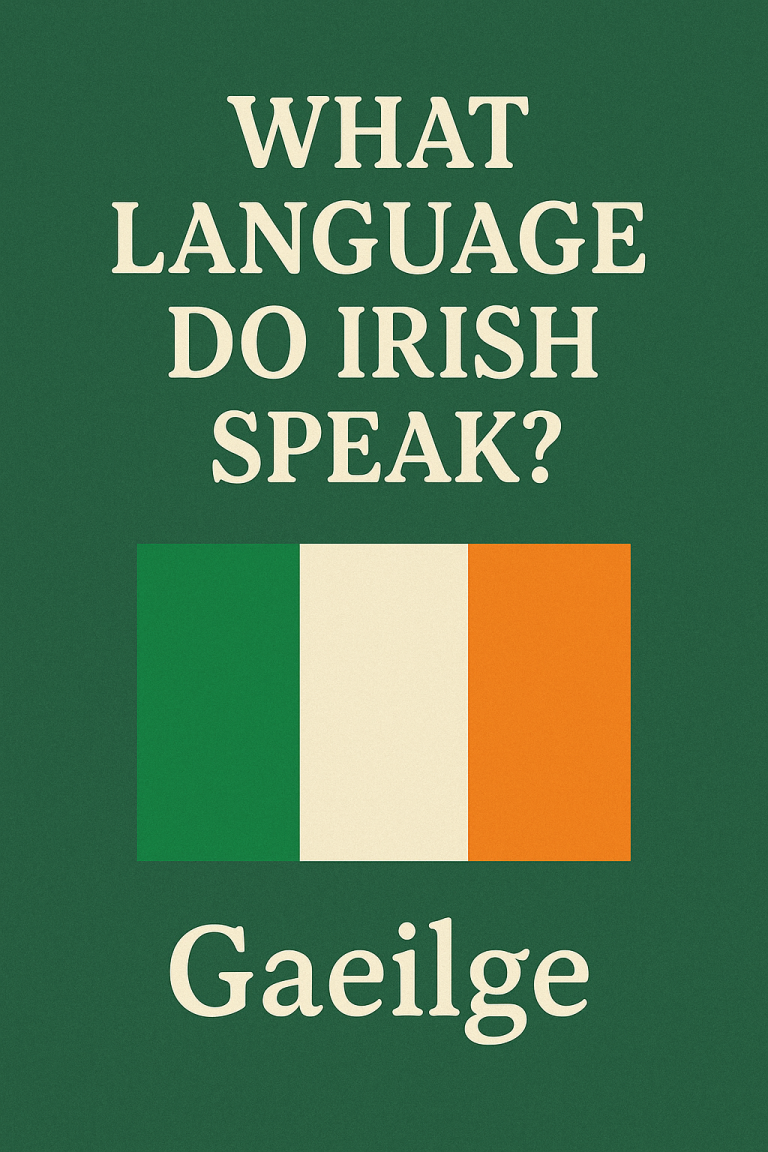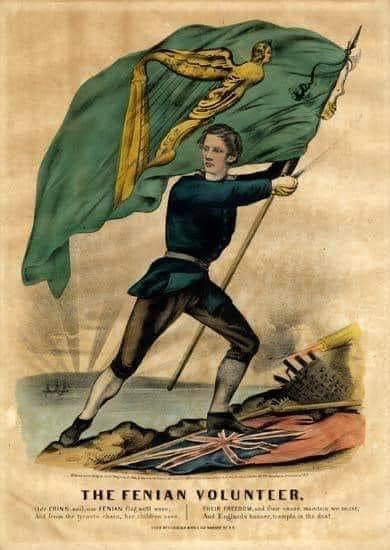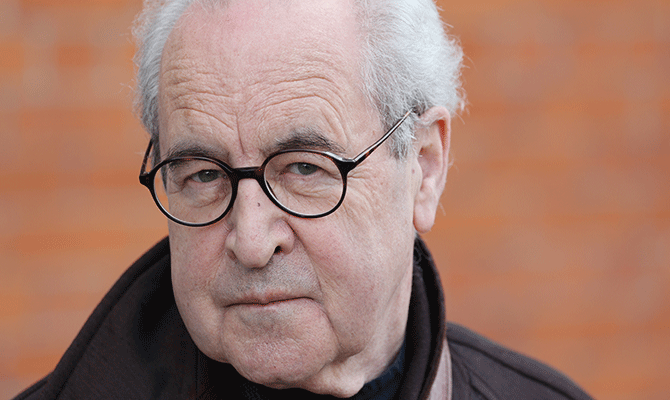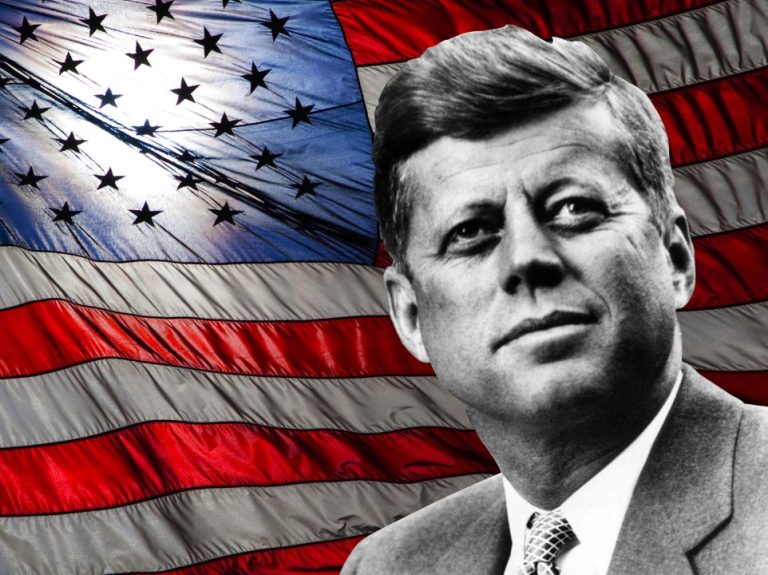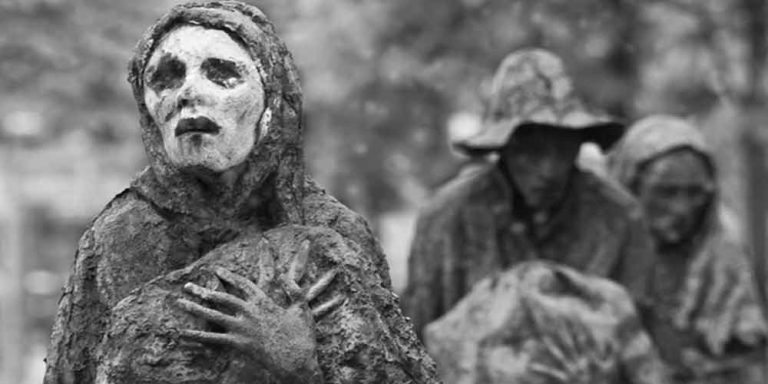
Perched in the rolling landscapes of Drumeague, County Cavan—also known as the “Ridge of Maodhog” (Druim Mhaodhóg in Irish)—is a fascinating artifact steeped in mystery: the Three-Faced Head. This enigmatic stone carving, with its trio of human-like faces, is one of the most intriguing and enduring symbols of Ireland’s ancient culture, offering a glimpse into a past filled with spiritual depth, artistic expression, and mystical belief systems.
In this blog, we will delve into the history, cultural significance, and folklore surrounding the Three-Faced Head of Drumeague, exploring its ties to pre-Christian Ireland, its symbolism, and what it reveals about the region’s heritage.
The Setting: Drumeague and the Ridge of Maodhog
Drumeague, a rural village in County Cavan, is nestled within the heart of the Drumlin Belt, a landscape shaped by glacial activity thousands of years ago. Its name, Druim Mhaodhóg, translates to the “Ridge of Maodhog,” suggesting a connection to Saint Maodhog, also known as Aidan of Ferns, a revered early Irish Christian saint.
The village’s rich history and connection to Ireland’s ancient past make it a fitting home for the mysterious Three-Faced Head. The artifact, discovered near the ridge, has become a symbol of the region’s deep-rooted heritage and its links to both pagan and Christian traditions.
The Three-Faced Head: A Description
The Three-Faced Head is a small, carved stone featuring three distinct human faces. Each face is carefully chiseled, with its own unique features and expressions, arranged in a triangular formation to share a common center. This configuration gives the impression that the head is looking in multiple directions simultaneously, a feature that has intrigued historians, archaeologists, and folklorists for centuries.
The craftsmanship suggests the head dates back to the early Iron Age or perhaps even earlier, placing it within the era of Ireland’s Celtic culture. Its artistic style is consistent with the abstract, symbolic carvings found at other significant sites across Ireland.
Symbolism of the Three Faces
The triadic design of the head is one of its most compelling features. In ancient Irish culture, the number three held profound spiritual and symbolic significance, often representing concepts of harmony, balance, and interconnectedness.
1. The Triple Deity
Many scholars interpret the Three-Faced Head as a representation of a triple deity, a motif commonly found in Celtic mythology. Triple deities often embodied different aspects of a single divine force, such as:
- Life, death, and rebirth: Symbolizing the cyclical nature of existence.
- Earth, sea, and sky: Representing the interconnected elements of the natural world.
- Maiden, mother, and crone: Depicting the three stages of womanhood and the goddess’s role in fertility and wisdom.
2. Omniscience and Protection
The ability of the head to “see” in three directions may symbolize omniscience or the ability to protect from all sides. This interpretation aligns with the Celtic belief in the protective power of carved heads, which were often placed at entrances to ward off evil spirits.
3. Christian Adaptation
With the arrival of Christianity in Ireland, such symbols were often reinterpreted through a Christian lens. The three faces could have been seen as a reflection of the Holy Trinity—Father, Son, and Holy Spirit—making the artifact an enduring cultural bridge between pagan and Christian traditions.
The Cultural and Spiritual Role of Carved Heads
Carved stone heads are a recurring motif in Celtic art, with examples found across Ireland, Britain, and mainland Europe. These heads were thought to possess spiritual power, serving as:
- Guardians: Placed at gateways, wells, or sacred sites to protect against harm.
- Vessels of Ancestral Wisdom: Representing the spirits of ancestors who continued to guide and protect the community.
- Offerings to the Gods: Used in rituals to honor deities or invoke blessings.
The Three-Faced Head of Drumeague may have served one or all of these functions, linking it to the spiritual and daily lives of the people who created it.
Folklore and Legends of Drumeague
The Three-Faced Head is not just an artifact; it is a focal point for local folklore and legend. Stories passed down through generations add layers of meaning to its enigmatic presence.
1. The Watchful Guardian
Local legend suggests the head was placed on the ridge to “watch over” the surrounding lands, protecting the community from invaders, misfortune, or malevolent spirits. Its three faces ensured that no danger could approach unnoticed.
2. A Connection to Saint Maodhog
Some stories tie the head to Saint Maodhog, who is said to have blessed the region. It is thought that early Christians may have adopted the carving as a symbol of their faith, linking it to the saint’s protective influence.
3. The Whispering Head
One tale recounts that the head would “speak” during times of crisis, offering guidance or warnings. While this may be a poetic exaggeration, it reflects the deep reverence the artifact inspired among the local people.
Discovery and Preservation
The Three-Faced Head was unearthed during agricultural work in the Drumeague area in the 19th century. Recognizing its historical and cultural value, local historians ensured its preservation. Today, it is considered a significant piece of Ireland’s ancient heritage, drawing visitors and scholars alike to explore its mysteries.
Efforts to protect and promote the artifact reflect a broader commitment to preserving Ireland’s rich cultural landscape. The head is often displayed in regional exhibitions and continues to inspire interest in the ancient traditions of the Drumlin Belt.
Why the Three-Faced Head Matters
The Three-Faced Head of Drumeague is more than a carved stone; it is a tangible connection to Ireland’s ancient past, a symbol of the spiritual and artistic ingenuity of its creators. Its triadic design speaks to universal themes of unity, balance, and protection, while its enduring presence in folklore underscores its importance to the local community.
As a blend of pagan and Christian influences, the head embodies the resilience and adaptability of Irish culture, reminding us of the rich tapestry of beliefs and traditions that have shaped the country’s identity.
Explore Drumeague and Ireland’s Hidden Treasures
The story of the Three-Faced Head is just one chapter in the rich history of Ireland’s ancient artifacts and landscapes. To uncover more about Ireland’s hidden gems, visit Secret Ireland.
From mysterious carvings to sacred sites, Secret Ireland offers insights into the myths, legends, and history that make the Emerald Isle a land of wonder. Discover the stories etched into its hills, stones, and communities, and let the past guide your journey into Ireland’s timeless beauty.
